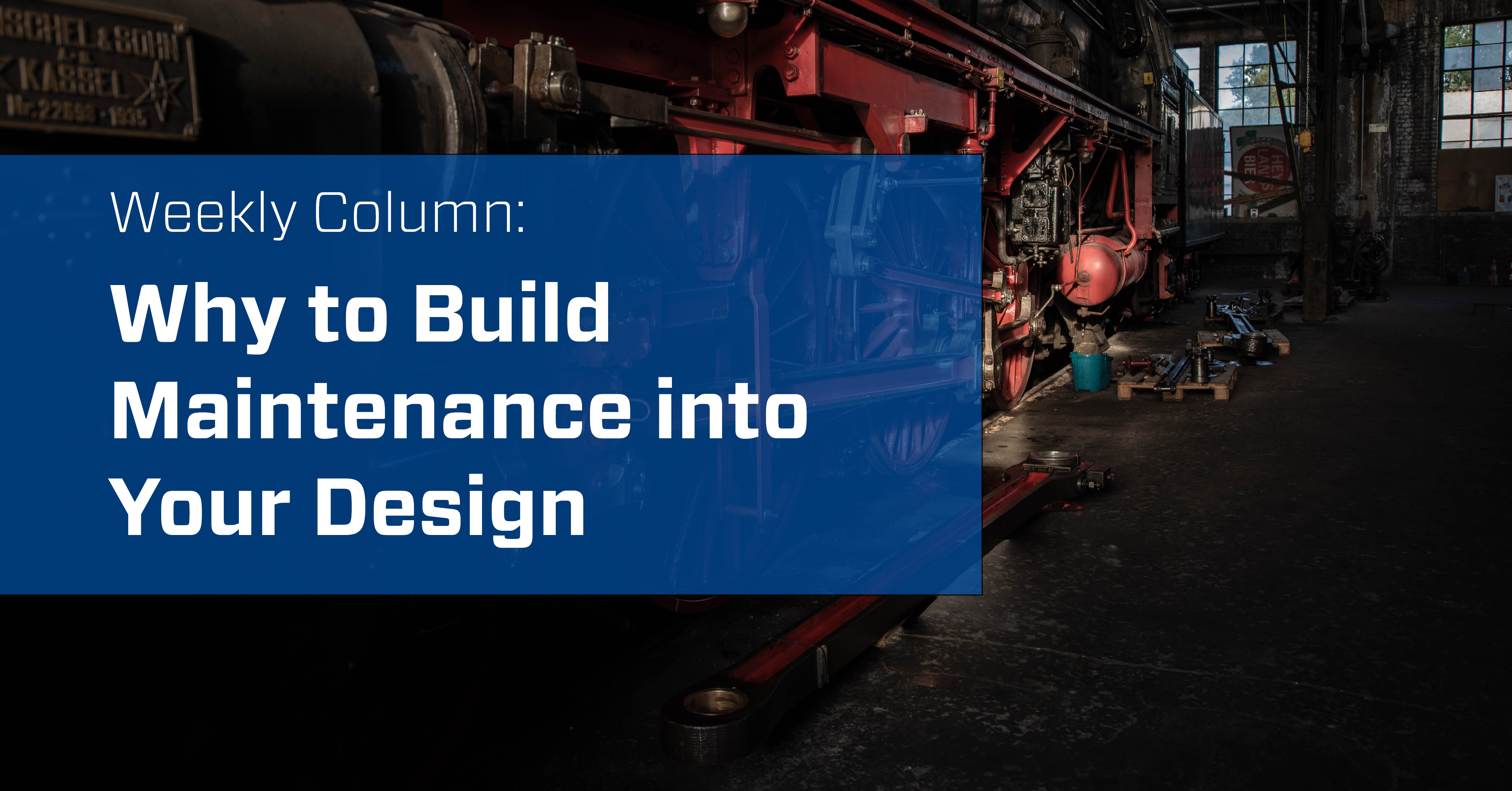Why to Build Maintenance into Your Design
When it comes to the reliable operation of fluid systems, there is only one real answer: Safe working conditions start with careful design considerations and a well-developed plan for maintaining the health of those systems. We’ve put together a list of five key considerations to ensure your fluid systems are safe, free of leakage, and performing as intended. Adherence to a well-defined maintenance plan not only reduces job site risk, but increases efficiencies and saves you money.
1. Have a Well-Developed Plan
Having a comprehensive plan for maintenance means embracing a preventative approach and becoming more aware of potential problem areas, component fatigue and the ways in which your fluid systems could be improved. A preemptive strategy is also important for safety because it increases the likelihood of identifying hazards early on that could result in an accident.
2. Approach System Reassembly Carefully
While tube fittings generally do not require maintenance, they are often removed to access other parts of a system. That being said, the more you can avoid unnecessary disassembly of fittings (whether in use or not), the better off you will be. To avoid problems, always be sure to:
- Consider the ease of disassembly early in the design stages of your system
- Adhere to proper disassembly procedures when taking apart a tube and fitting system
- Protect tube and fittings from contamination and damage during maintenance to avoid problems once the system is reassembled
- Carefully follow manufacturer reassembly instructions - under tightening creates opportunities for leaks; over tightening limits the number of potential remakes
- Ensure no intermixing of components from different manufacturers
3. Remove System Complexity Where Possible
Remove system complexity where possible to minimize potential complications, and never stop looking for opportunities to make improvements. Simplifying systems also helps down the line, as it will be easier to troubleshoot problems when there are fewer components to analyze. Consult an expert who can make recommendations for making fewer connections. Ultimately, this also reduces the number of parts that could potentially fail.
4. Never Intermix or Interchange Components from other Manufacturers
Leak-tight seals that will withstand high pressure, vibration, vacuum, and temperature changes depend on exacting tolerances, meticulous quality control, and time-tested design principles. Though components from different suppliers may look alike, there is no assurance they are manufactured to the same rigorous standards, meaning they may not perform properly when used with other manufacturers’ components. System surveys have found that roughly 35 percent of intermixed fittings leak, of which have a higher risk of catastrophic failure.
5. Utilize Leak Detection Services
Stop ignoring leaks. In non-hydrocarbon process systems, leaks are often classified as “nonessential” problems. Leaking air, steam, water, or nitrogen may not always pose an immediate danger, but over time can lead to safety incidents, environmental degradation, and system damage, not to mention the cost of lost system fluid. A site audit by a qualified expert can identify areas for improvement.
Faulty fluid systems consume financial resources and the time and attention of technicians needed elsewhere. We have the knowledge to help you detect problems and achieve operational efficiency.
Designing a safe, reliable fluid system can be difficult, especially when you consider using various manufacturers with different design pressures, and conditions.



